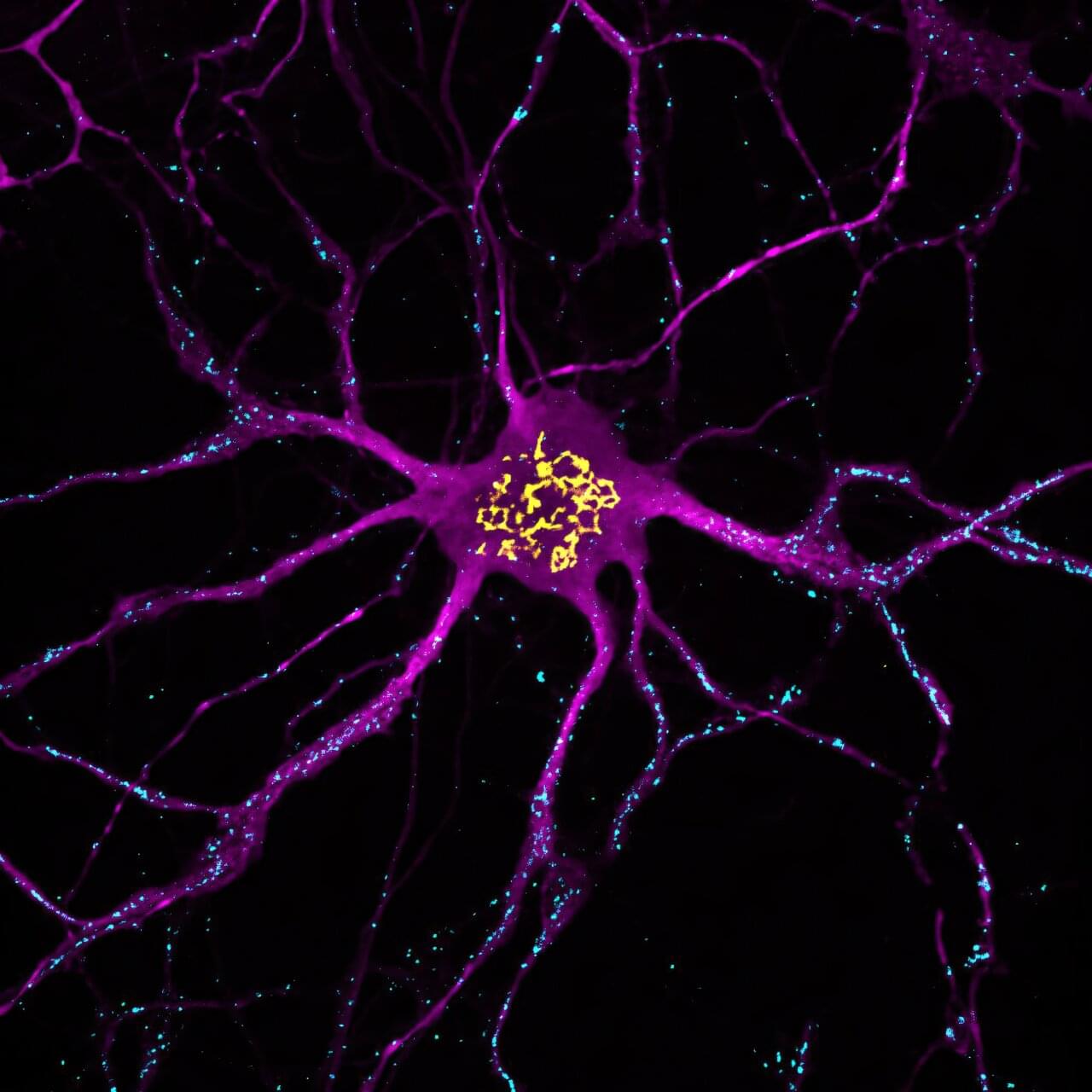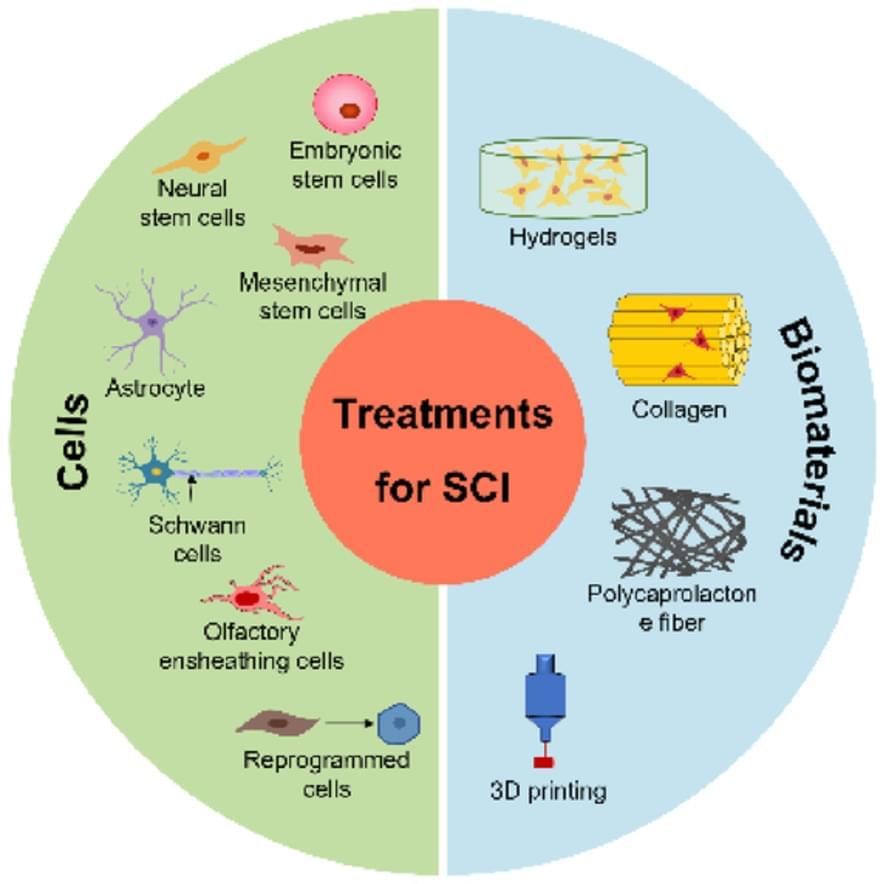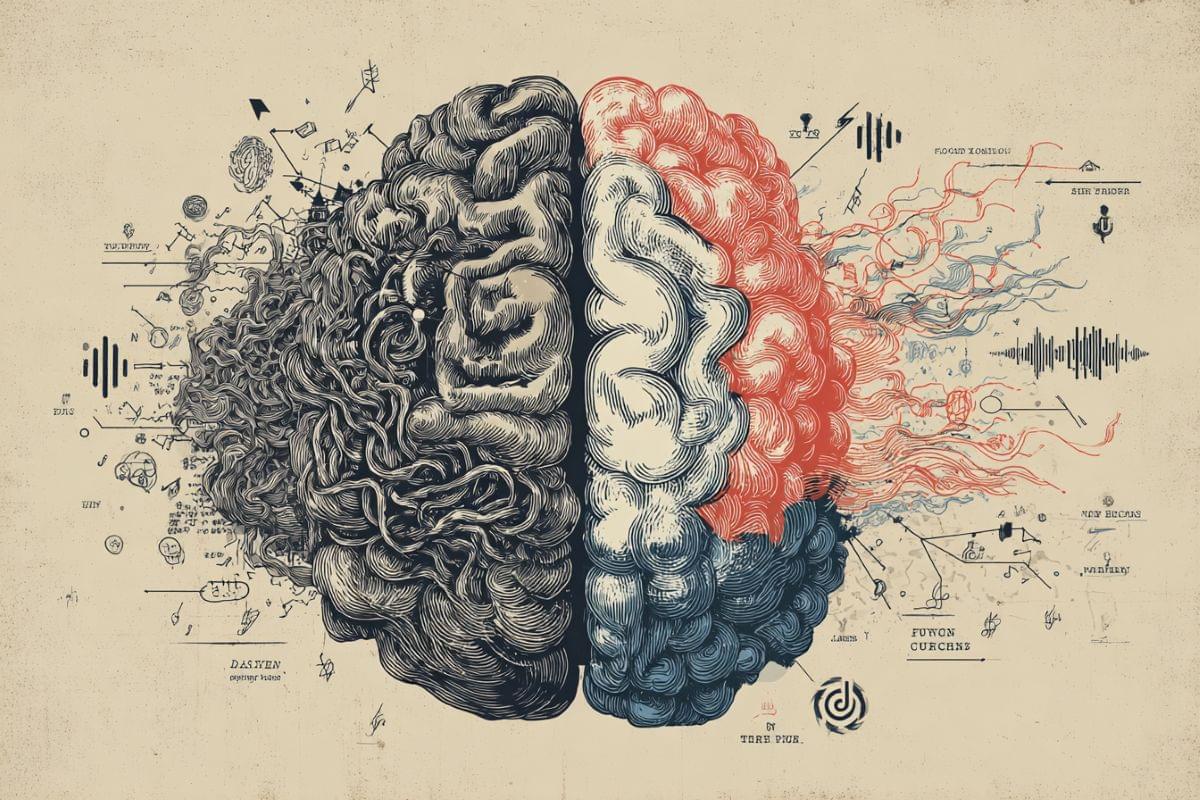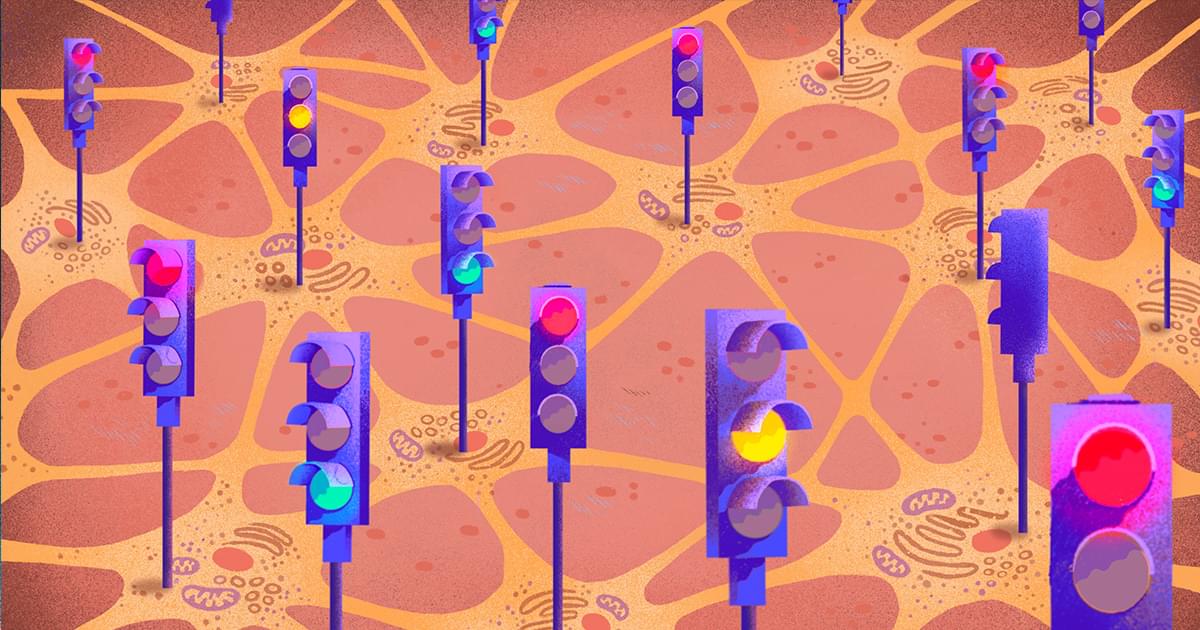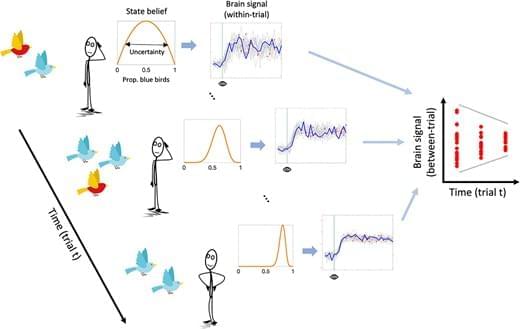Evidence challenging the long-held assumption that neuronal function in the brain is solely powered by sugars has given researchers new hope of treating debilitating brain disorders. A University of Queensland study led by Dr. Merja Joensuu and published in Nature Metabolism showed that neurons also use fats for fuel as they fire off the signals for human thought and movement.
“For decades, it was widely accepted that neurons relied exclusively on glucose to fuel their functions in the brain,” Dr. Joensuu said. “But our research shows fats are undoubtedly a crucial part of the neuron’s energy metabolism in the brain and could be a key to repairing and restoring function when it breaks down.”
Dr. Joensuu from the Australian Institute for Bioengineering and Nanotechnology along with lab members Ph.D. candidate Nyakuoy Yak and Dr. Saber Abd Elkader from UQ’s Queensland Brain Institute set out to examine the relationship of a particular gene (DDHD2) to hereditary spastic paraplegia 54 (HSP54).
